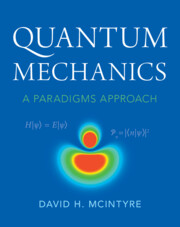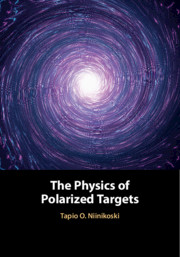Simulations suggest that slow rotating galaxies are the result of galaxy-galaxy mergers that have a tendency to randomise stellar orbits. The exact pathway for slow rotator formation, however, is still unclear. Our aim is to see whether there is a relationship between fossil groups - whose central galaxies are thought to have undergone more major merging than other central galaxies – and the stellar kinematic properties of those central galaxies. We classify all galaxy groups in the GAMA redshift survey whose central galaxies were observed with SAMI as: (i) fossil groups, (ii) mass gap groups (fossil-like groups), and (iii) groups that are not dynamically evolved (NDEGs, i.e. controls). We compare the following properties of centrals across the three different group types: spin ( $\lambda_{Re}$), the fraction of slow rotators (
$\lambda_{Re}$), the fraction of slow rotators ( $f_{SR}$), and age. We also repeat our analysis on data from the EAGLE and Magneticum hydrodynamical cosmological simulations. In SAMI, we find that the spin parameter, slow rotator fraction, and age are broadly consistent across our three group types, i.e. the fossil groups, mass gap groups and NDEGs. We do find a weak indication that
$f_{SR}$), and age. We also repeat our analysis on data from the EAGLE and Magneticum hydrodynamical cosmological simulations. In SAMI, we find that the spin parameter, slow rotator fraction, and age are broadly consistent across our three group types, i.e. the fossil groups, mass gap groups and NDEGs. We do find a weak indication that  $f_{SR}$ is slightly lower for fossil group centrals as compared to NDEG centrals. In contrast, in EAGLE and Magneticum, fossil and mass gap group centrals typically have a significantly lower
$f_{SR}$ is slightly lower for fossil group centrals as compared to NDEG centrals. In contrast, in EAGLE and Magneticum, fossil and mass gap group centrals typically have a significantly lower  $\lambda_{Re}$ than NDEG centrals. Our results for SAMI suggest that the types of mergers that form fossil groups are not the types of mergers that form slow rotators. Merger count may be less important for slow rotator formation than specific merger conditions, such as the gas content of progenitors. When and where the merging occurs are also suspected to play an important role in slow rotator formation, and these conditions may differ for fossil group formation.
$\lambda_{Re}$ than NDEG centrals. Our results for SAMI suggest that the types of mergers that form fossil groups are not the types of mergers that form slow rotators. Merger count may be less important for slow rotator formation than specific merger conditions, such as the gas content of progenitors. When and where the merging occurs are also suspected to play an important role in slow rotator formation, and these conditions may differ for fossil group formation.

